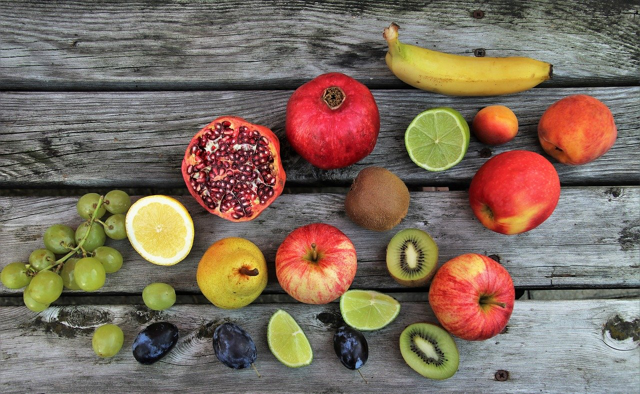By Megan Widdows
We all know that what we eat is incredibly important. It plays a huge role in our health, susceptibility to disease and even our happiness. But why do we need to eat what we need to eat?
For humans, a healthy diet consists of a nourishing balance of carbohydrates, protein, fats, vitamins, minerals, fibre and water. Each person needs a slightly different amount of food, depending on their unique energy expenditure. This depends on their size, metabolism and activity levels.
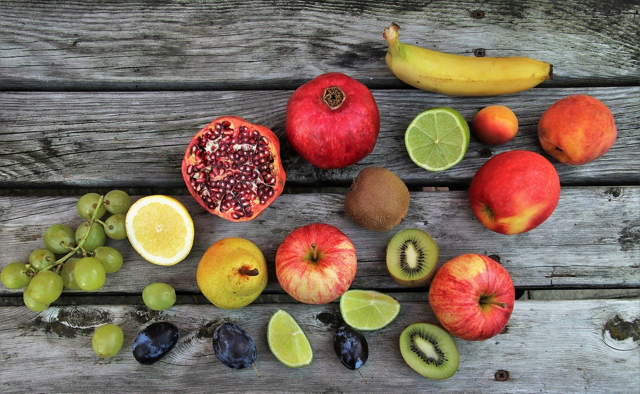
Each food group is broken down and digested by our bodies in a different way, requiring different proteins, called enzymes. For example, amylase breaks down starches and carbohydrates into glucose that is used as an energy source for our cells. Proteins are broken down by various proteases into their amino acid foundations. Different enzymes then join these amino acids back up to form new proteins that are used by the body to repair and build muscle. Similarly, lipases break fats down into glycerol and fatty acids. These are transported to the liver before being sent to muscle cells to provide energy or, if there is excess, to adipose fat tissue for storage.
But not all animals have the same dietary requirements. In fact, across the animal kingdom there is huge variation in foods that are eaten. Many animals, like us, are omnivores, and are adapted to eating a combination of plants and meat-based foods. Big cats, such as lions, are one of many strict carnivores. This means they only eat meat, and this provides all of their nutritional requirements. Cows and sheep are herbivores, which means they get all of their nutrition from grasses, seeds and grains. Their digestive system is even specially adapted – their stomach has four separate compartments each with a different role, unlike our single compartment that is better adapted to eating a mixed, omnivorous diet.
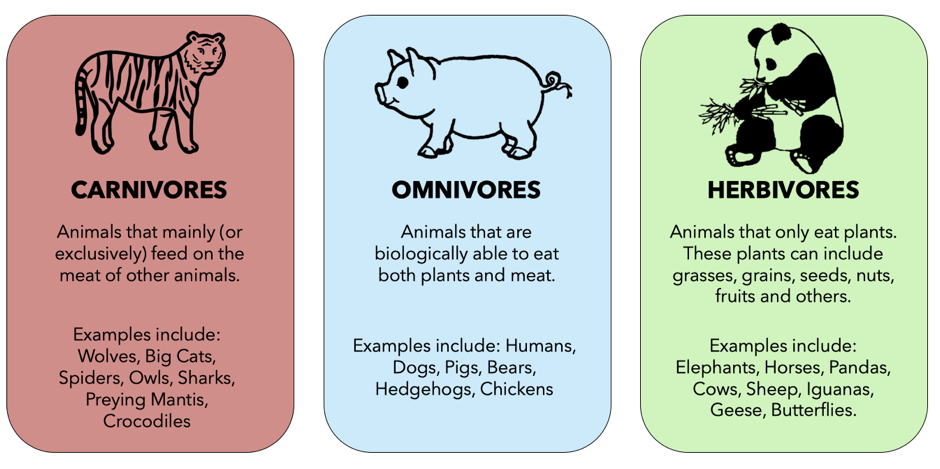
These examples are both very different from a healthy human diet that consists not only of six different food groups (plus water) but also the requires variety in the types of foods that make up these groups, to ensure we get all the vitamins and minerals we need to function.
The variety of diet types seen across the animal kingdom led scientists to ask how these dietary differences have evolved over time. To answer this question, researchers studied the diets of more than 1000 different groups of animals (known as taxa) over a period of more than 800 million years. They did this with a technique known as phylogenetic analysis, which allows scientists to study the evolutionary relationships between species and how they have evolved, together and independently, through time. This information was compiled with information about each species’ diet.
A diet can be loosely grouped into one of the three categories covered above: carnivorous, herbivorous and omnivorous. The scientists found that across species, carnivorous diets were most common: 63% of the animal groups studied were exclusive meat eaters. Herbivorous diets were the second most common, adopted by around 32% of all animal groups. Omnivores, like most humans, are actually very rare, making up just 3% of all the animal groups studied.
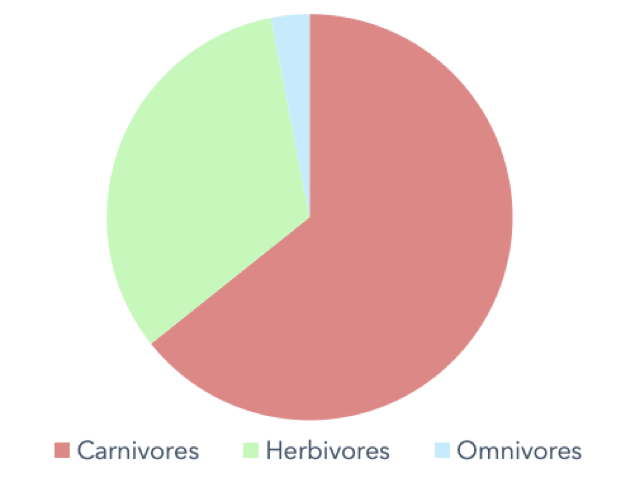
As well as discovering which diet is the most common across animals, the scientists also wanted to know how long these animal groups have been eating the way they do now, and how did their diets evolve?
The study revealed that the diets of different animal groups have been maintained for extraordinarily long periods of time, remaining the same across millions of years. This has allowed the evolution of special adaptations among animal groups to the food they eat. One clear example of this is the shape and size of teeth.
Carnivorous animals have evolved predominantly large and sharp canine teeth that can be used to shred or rip flesh, making it easier to eat meat. Herbivores have flat molar teeth that are suitably shaped for crushing and grinding, which helps break down the tough plant matter that they eat. The mixed diet of omnivores has led them to evolve a combination of canine and molar teeth, allowing them to eat both plants and meat.
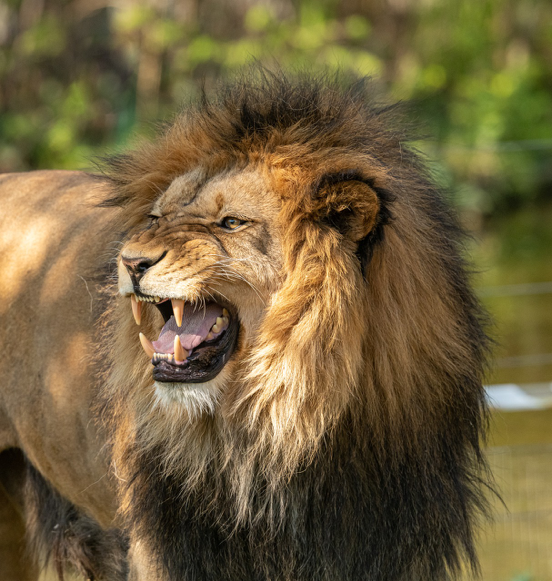
One important finding of the study was the high frequency of carnivorous species across the animal kingdom. This has led scientists to believe that the common ancestor of all animals – the animal from which all modern day animal species, including us, have evolved – was a carnivore. This means that carnivorous animals living today have probably maintained the same meat-eating diet from ancestor to ancestor, on and on through their evolutionary history for more than 800 million years! This is an extraordinary finding and reminds us, yet again, of the fundamental importance of diet to our biology and health.
Whilst animals seem to be largely sticking to their ancient diets, over the past few hundred years, there have been huge and rapid changes to our own, human diets. We are increasingly eating foods that are heavily processed and high in fat, salt and sugar that our bodies aren’t well adapted to. These types of foods were not available, even to our recent ancestors, so we have not evolved to eat these types of foods. This is one possible explanation for the recent surge in lifestyle diseases such as obesity, heart disease and type 2 diabetes. We, as other animals, have evolved to eat a certain diet, and these recent disruptions that have happened far quicker than evolution can allow us to adapt.
The study mentioned in this article can be found here. A glossary of terms is provided below.
Tell us what you think about this blog…
We are trying to understand who reads our blogs and why, to help us improve their content.
By completing this survey, you agree that you are over the age of 18 and that your responses can be used in research at the University of Sheffield to evaluate the effect of blogging in science communication.
Glossary
Carnivore – an animal that predominantly, or solely, eats meat
Herbivore – an animal that only eats plants, seeds and grains
Omnivore – an animal that can eat a combination of meat and plants
Phylogenetic analysis – a method for estimating the evolutionary relationship between different species
Taxa – a classification system used by biologists to group one or more similar organisms. There are seven ranks: kingdom, phylum, class, order, family, genus and species.
